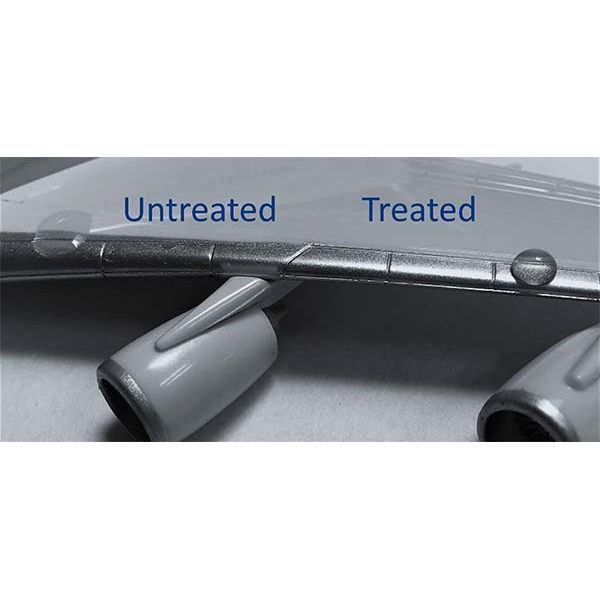
The STELLAR project is making progress in the development of new solutions to reduce drag and fuel consumption in aircraft.
Aircraft are not alone in the skies, meaning they face natural obstacles to which they must adapt. As aircraft become faster and more developed, the Aeronautics industry is faced with the problem of an increase in obstacles that magnify the drag coefficient: we are talking about insects. The accumulation of insects on aircraft wings has a negative effect on air distribution, altering laminar flow, with a resulting direct impact on fuel consumption.
For months, the STELLAR project has been working to develop cleaning solutions and new efficient and durable anti-contamination coatings based on a thorough understanding of the properties of insect residues and their interaction with surfaces.
CIDETEC Surface Engineering, a partner of the project coordinated by the Belgian centre Materia Nova, is developing low-adhesion solutions to mitigate insect contamination of the aircraft fuselage. The accumulation of insect debris on the leading edge of the wing surface is related to insect haemolymph, so CIDETEC is working on anti-contamination coatings based on omniphobic solutions providing high haemolymph-repellent properties.
At the halfway point of the three-year project, CIDETEC Surface Engineering has several strategies open based on surface modification by polymer anchoring, functionalised nanoparticles in a polymer matrix and ionogel technology. Thanks to their low surface free energy and excellent slip capacity, these omniphobic coatings lead to low-adhesion surfaces resistant to insect haemolymph contamination.
The project, part of the CleanSky 2 programme to reduce CO2 emissions and aircraft noise levels, has a budget of almost € 2 million and is expected to be completed in October 2023.